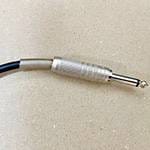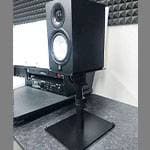Hello everyone, I'm Sammy, a percussionist.
Since the post-COVID era, while the traditional style of "performing live" is gradually making a comeback, the momentum of online live streaming performances continues strong. I myself also perform live streams on a certain platform. However, for live streaming, I've found that equipment I never needed before for live performances is now essential. So, I'd like to introduce one of the necessary pieces of equipment from my own setup. This time, I'll focus on a digital device that isn't usually associated with percussionists.
One of the challenges I faced when doing live streams was finding the right microphone for MCing. Although the Shure SM58 works fine, using a mic stand results in the microphone and stand constantly appearing on the screen, which can be distracting. That's when I started considering a wireless microphone.
Here’s the essential equipment for using a wireless microphone:
- Lavalier mic
- Mixer
- Cables
- Transmitter and receiver
Although various equipment is needed, in this article, I'll focus on the transmitter and receiver, explaining their importance and functionality.
Wireless Transmitters and Receivers
Wireless transmitters and receivers are groundbreaking systems that eliminate unnecessary cables and stands, enhancing freedom during both live streams and performances. When choosing the right system, key factors include transmitter battery life, transmission range, and the number of channels that can be used simultaneously. However, the most important factors can vary depending on the environment in which you plan to use the equipment.
Let’s explore wireless transmitter and receiver options from various manufacturers, keeping these factors in mind to ensure the best fit for your performance needs.
Xvive / XV-U3 Wireless System for Dynamic Microphones
- ☆ Operating Frequency Band: 2.4GHz ISM (Worldwide)
- ☆ Simultaneous Usable Channels: 6
- ☆ Maximum Transmission Range: Approximately 27 meters
- ☆ Operating Time: About 5 hours (when fully charged)
- ・ All-in-one package for easily converting your favorite microphone into a wireless system
SENNHEISER / XSW-D LAVALIER SET
- ☆ Operating Frequency Band: 2.4GHz digital transmission, allowing global use
- ☆ Simultaneous Usable Channels: 4
- ☆ Maximum Transmission Range: 75 meters (under optimal conditions)
- ☆ Operating Time: About 5 hours (when fully charged)
- ・ Compact, lightweight, and easy to use with one-touch operation
- ・ Compatible with various connector types, allowing flexible combinations
- ・ Mute function available from either the transmitter or receiver
Line 6 / Relay G30 Guitar Wireless System
- ☆ Operating Frequency Band: 2.4GHz
- ☆ Simultaneous Usable Channels: 6
- ☆ Maximum Transmission Range: 30 meters (varies depending on location)
- ☆ Operating Time: Approximately 8 hours (with 2 AA alkaline batteries)
- ・ Full-range sound with a frequency response of 10Hz-20kHz
- ・ 24-bit A/D conversion
< Key Features >
High-end sparkle and powerful low-end punch with excellent touch response
Proprietary DCL (Digital Channel Lock) technology prevents interference from 2.4GHz WiFi networks and Bluetooth devices.
SHURE / SVX14/PGA31 Wireless Headset System
- ☆ Operating Frequency Band: B-band (806-810MHz)
- ☆ Simultaneous Usable Channels: 1 channel out of 8 available
- ☆ Maximum Transmission Range: 30 meters (line of sight)
- ☆ Operating Time: Approximately 10 hours
- ・ Frequency Response: 50Hz-15kHz
I’ve briefly introduced wireless transmitters and receivers from several different manufacturers.
Whichever system you choose, it will likely enhance your performance.
system that I personally purchased.
Line 6 / Relay G50
The wireless transmitter and receiver from Line 6 that I rely on the most.
I was searching for a system that could be used seamlessly in both live streaming and live performance environments without any hassle, and the Relay G50 fit the bill perfectly.
Line 6 / Relay G50 Wireless Set for Guitar/Bass
- ☆ Operating Frequency Band: 2.4 GHz
- ☆ Simultaneous Usable Channels: 12
- ☆ Maximum Transmission Range: 60 meters (varies depending on location)
- ☆ Operating Time: Approximately 8 hours (with 2 AA alkaline batteries)
- ・ Frequency Response: 10Hz-20kHz
- ・ Dynamic Range: 120dB
TBP12 Transmitter
- ・ Input Impedance: 1.3 MΩ
- ・ Connector: TA4f (Mini XLR Type, 4-pin female)
- ・ Controls: Power On/Off, Channel Selection
RXS12 Receiver
- ・ Outputs: 1/4-inch output, tuner pass-through
- ・ Power Supply: DC-1g Power Supply (9VDC)
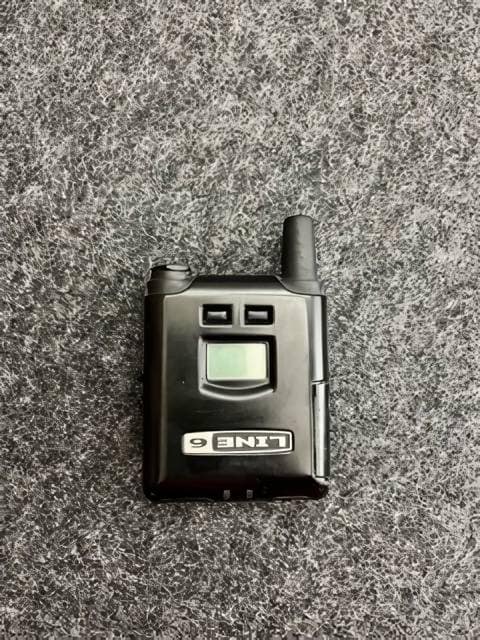
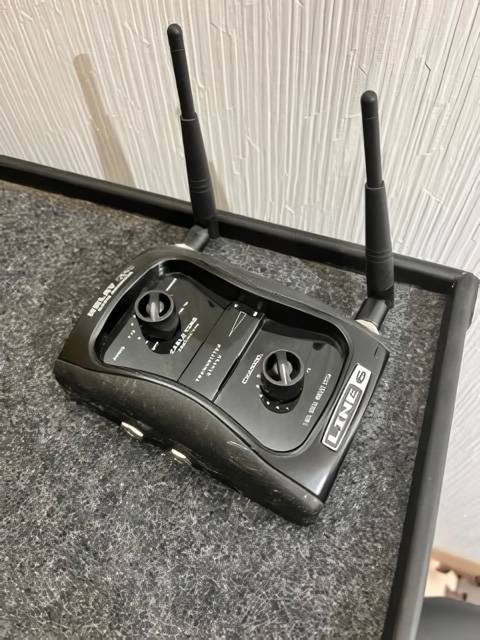
Included Accessories
- ・ Guitar connection cable (TA4f to 1/4-inch straight, 60cm)
- ・ AC adapter (DC-1g)
- ・ 1/4-wave antenna (RDPED)
The usage is very straightforward: simply connect the receiver and transmitter correctly (making sure to match the In/Out connections), turn on the power, and you're good to go! As I mentioned earlier, instead of using it as a wireless system for a guitar, I use it to make my MC headset wireless during live streams. The benefits I've experienced using this setup include:
During Live Streaming
- ① Minimal noise
- ② No audio dropouts
- ③ Long battery life, allowing for extended use without stress during streams
During Live Performances (When Used with a Djembe Mic)
- ① Minimal noise
- ② No audio dropouts
- ③ Long battery life, ensuring stress-free usage throughout the performance
- ④ Freedom to move to the front of the stage during solo performances
The benefit of point ④ is that it enables you to capture photos or videos of your solo performance, which can then be used as promotional material for future gigs.
Simple Comparison of Wireless Transmitters and Receivers
| Maximum Transmission Range | Battery Life | Simultaneous Usable Channels | |
|---|---|---|---|
| XV-U3 | 27m | 5 hours | 6 |
| XSW-D LAVALIER SET | 75m | 5 hours | 4 |
| Relay G30 | 30m | 8 hours | 6 |
| SVX14/PGA31 | 30m | 10 hours | 1 |
| Relay G50 | 60m | 8 hours | 12 |
As seen above, each wireless transmitter and receiver system has its own pros and cons.
Sound quality is not determined solely by the transmitter and receiver but also by the combination of all your equipment, including the microphone, instrument, and cables. It's important to consider your specific environment, the sound quality and tone you're seeking, and how you'll be using the wireless system when choosing the right one for you.
In my case, I needed a system that could not only handle MCing but also allow me to move around while carrying and playing percussion instruments, whether outdoors or on large stages. With that in mind, I decided to purchase the Line 6 Relay G50, which features a proprietary system that prevents interference from other signals.
While wireless systems can be a significant investment, having one on hand will definitely enhance your performance in a wide range of settings, from live stage performances to home streaming. If you're looking to expand your performance possibilities, considering the purchase of a wireless transmitter and receiver system might be a great move for you.
The “sound & person” column is made up of contributions from you.
For details about contributing, click here.





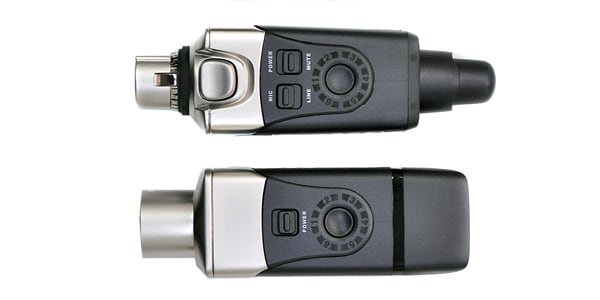
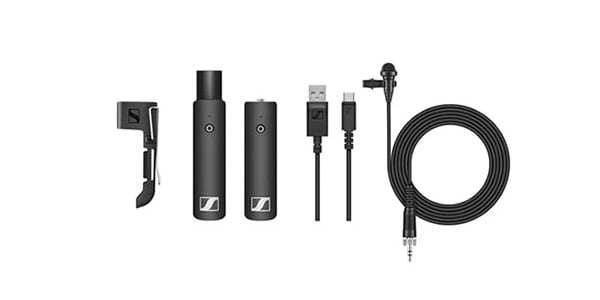
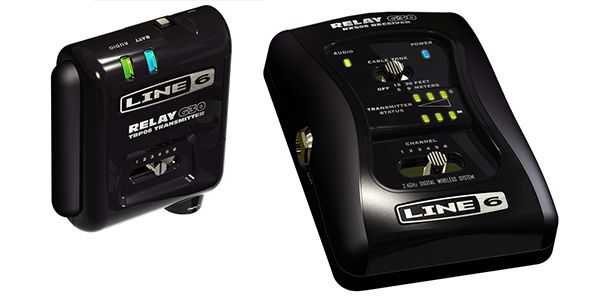
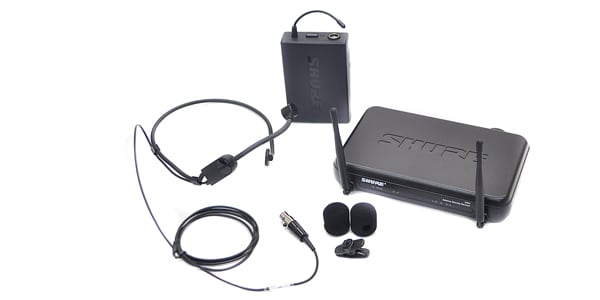
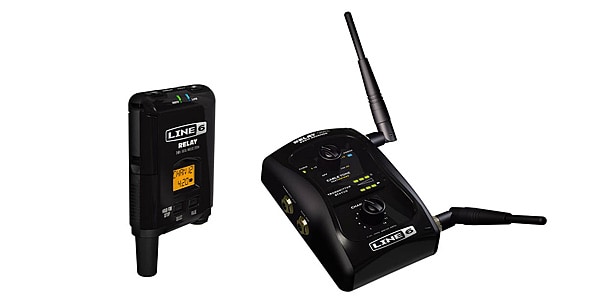





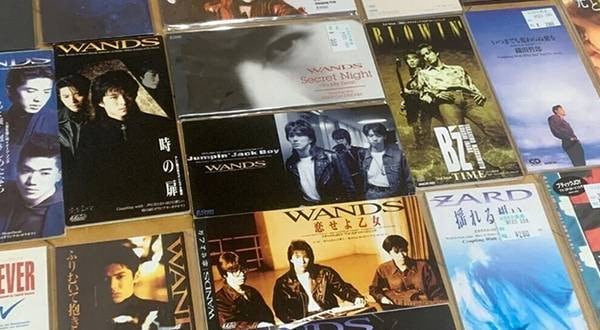

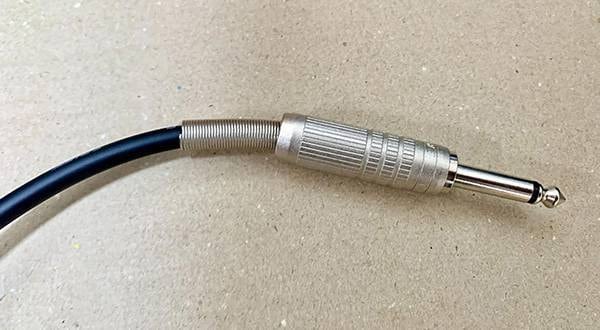

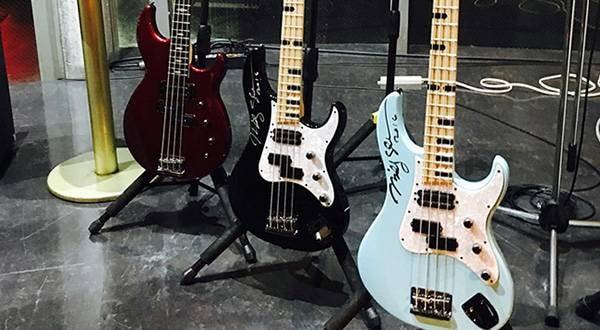
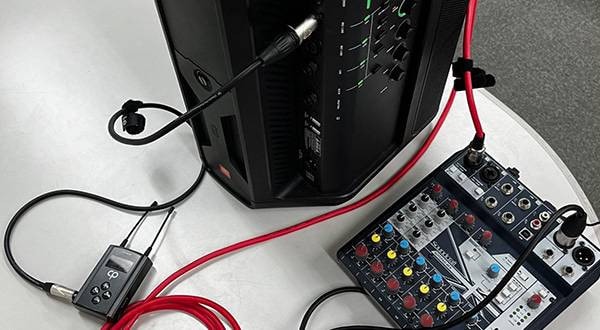
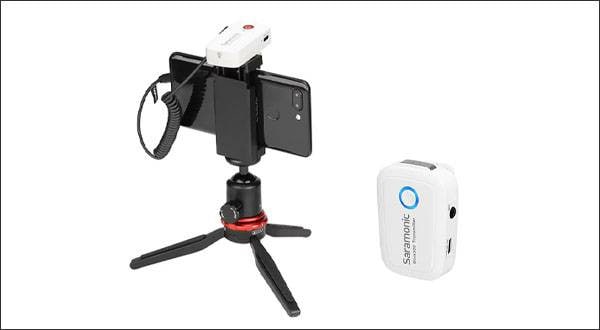


![[2024] 15 Recommended Equipment for Online Broadcasting! Get Started with Live Streaming/Gaming/Podcasting!](/contents/uploads/thumbs/2/2021/12/20211214_2_15561_1.jpg)
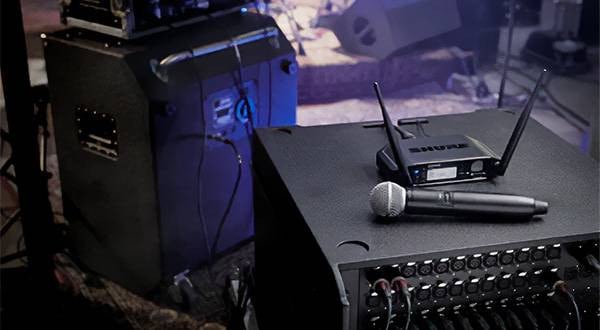
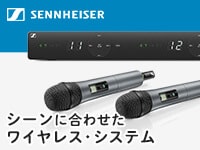 シーンに合わせたワイヤレス・システム
シーンに合わせたワイヤレス・システム
 SENNHEISER ワイヤレスマイクの選び方
SENNHEISER ワイヤレスマイクの選び方
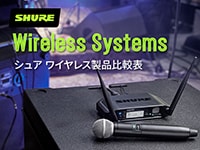 SHUREワイヤレス比較表
SHUREワイヤレス比較表
 audio-technica ワイヤレスシステム
audio-technica ワイヤレスシステム
 ワイヤレスマイクロホン
ワイヤレスマイクロホン


